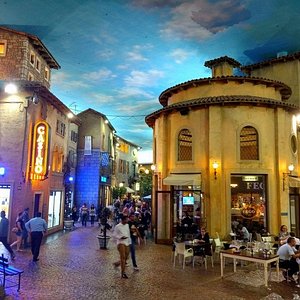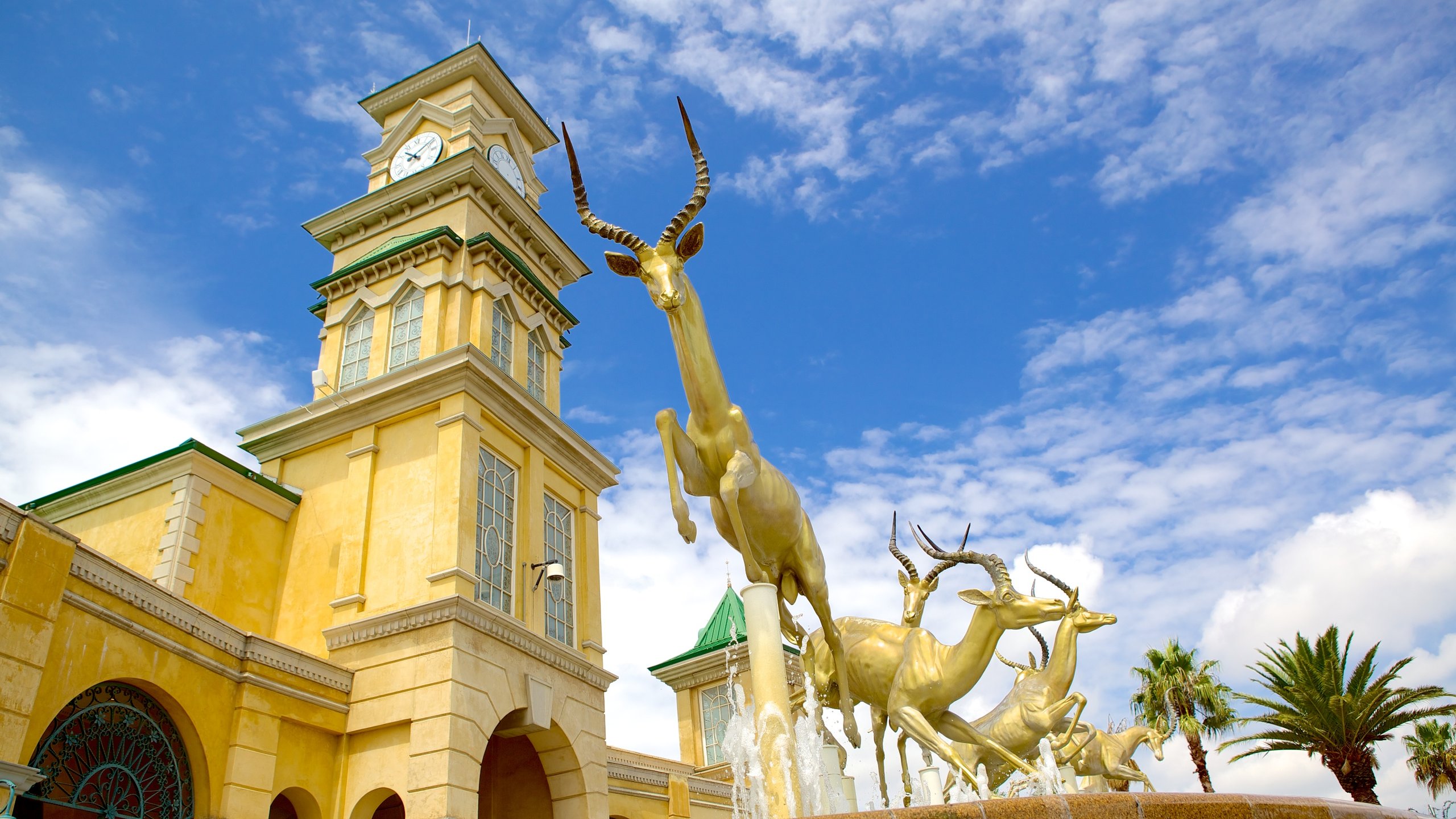All About Johannesburg North Attractions
All About Johannesburg North Attractions
Blog Article
More About Johannesburg North Attractions
Table of ContentsThe smart Trick of Johannesburg North Attractions That Nobody is Talking AboutThe 9-Minute Rule for Johannesburg North AttractionsThe Greatest Guide To Johannesburg North AttractionsJohannesburg North Attractions Things To Know Before You BuyThe Only Guide for Johannesburg North Attractions6 Easy Facts About Johannesburg North Attractions DescribedJohannesburg North Attractions Things To Know Before You Get This
You ought to keep safety and security in mind and visitors should stay alert at all times when in unfamiliar surroundings. Talk to the residents when you are in town to learn about the area you are remaining in. Johannesburg North attractions. When on the street (this doesn't relate to shopping center and other safe and secure environments) best general advice is to attempt your ideal to resemble a local and to stay clear of displaying any type of kind of riches
The Johannesburg North Attractions Statements
Professor Revil Mason O. J. (Thomson, 1946) discovered the Witwatersrand's pre-colonial history. His historical job took off the 'em pty land' myth, according to which the region was devoid of human habitation prior to the arrival of European inhabitants. In his publications Prehistory of the Transvaal: A Document of Human Activity (1962) and Beginnings of Black People of Johannesburg and the Southern Western Central Transvaal AD 3501880 (1986 ), Teacher Mason showed the level of social and financial development in the location before Europeans set foot here.

Johannesburg North Attractions Fundamentals Explained
He acted with the federal government's approval, given after he had actually promised to keep his discoveries key. In 1874, small mining procedures were begun in the Magaliesberg, where an Australian, Henry Lewis, had uncovered gold deposits. In 1878, David Wardrop discovered gold in quartz capillaries at Zwartkop, north of Krugersdorp. In 1881, Stephanus Minnaar stumbled upon gold on the ranch Kromdraai, near the Cradle of Humankind.
In March 1886, a protrusion (soon to be called the Key Coral reef) was found, quite luckily, on Gerhardus Oosthuizen's farm Langlaagte. Some state that the Lancastrian coal miner George Pedestrian discovered this coral reef. An additional itinerant English miner, George Harrison (that had previously functioned in Australian mines) gotten a prospecting permit in respect of Langlaagte in Might 1886.
He determined to go on in a quest for greener pastures, and disposed of his Langlaagte insurance claim for the princely amount of 10. Alas: under lay the richest goldfield ever before discovered. The exploration of this rich auriferous coral reef provoked a gold rush that signalled completion of agrarian tranquillity in the southern Transvaal.
It would certainly, within six years, end up being the largest town in southern Africa. Within a years, it would make the Z. A. R. until after that an anarchical and bankrupt little state the most affluent country in Africa. By the millenium, you could try this out the Z. A. R. was to surpass Russia, Australia and the USA of America to come to be the globe's leading gold producer, generating even more than a quarter of the globe's gold.
Little Known Questions About Johannesburg North Attractions.
It was referred to as Ferreira's Camp, called after Colonel Ignatius Ferreira. He was a Boer traveler upon whom the British authorities had bestowed the condition of Friend of the Most Identified Order of St Michael and St George (entitling him to the post-nominal letters C. M. G.) in gratitude for his duty in the war that had deposed the Pedi king Sekhukhune in 1879.
Two other camps were established: Meyer's Camp on the farm Doornfontein, and Paarl Camp. The latter was nicknamed Afrikander Camp; lots of individuals from the Cape Swarm worked out there.

Johannesburg North Attractions Fundamentals Explained
This name got currency by word of mouth, such that the State Secretary verified the name to the Mining Commissioner on 9 October 1886. Stands in the town were auctioned on 8 December 1886. While some stands were sold for 10, others were torn down for just sixpence.
2 years later, these erven were to transform hands for as long as 750 each. The tented camps dwindled as a dorp of corrugated iron buildings developed and broadened north of the mines situated along the Main Reef Roadway. Areas such as Jeppe's Community (where working-class immigrants erected their residences) and Doornfontein (where the upscale brand-new 'Randlords' began to create their opulent houses) were soon included in the ever-expanding map of the town.
The Definitive Guide to Johannesburg North Attractions
Apart from the road names, there were no indicators of Johannesburg being situated in a Dutch-speaking nation., almost every person talked English and even the Government slaves attended read the article to one in English, unless they were first dealt with in the Taal (or Reduced Dutch)'.
As such, Britain had a passion in guaranteeing ideal conditions for gold production on the Witwatersrand, which the gold was exported to London as opposed to Berlin Website an imperative rendered all the much more clamant by the Z. A. R - Johannesburg North attractions.'s boosting toenadering with Germany. Mine owners got on a crash program with Head of state Kruger, whose policy of monopolistic concessions (often provided to his cronies) stopped mining companies from acquiring products of products (specifically dynamite) and labour by themselves, cheaper terms
The Definitive Guide to Johannesburg North Attractions
In 1890, the Volksraad had actually limited the franchise to white men who had actually resided in the Z. A. R. for fourteen years or longer, thus disqualifying most of the immigrants (who happened to be the major contributors to the fiscus). Frustration for the ballot was a plain pretext for promoting a different program; the majority of uitlanders concerned themselves as short-lived site visitors and had no intention of remaining in the Z.
Report this page